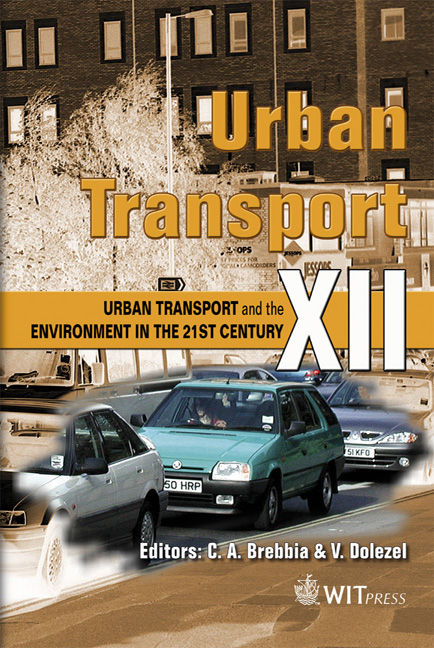Getting Places In New Zealand Neighbourhoods
Price
Free (open access)
Transaction
Volume
89
Pages
12
Published
2006
Size
400 kb
Paper DOI
10.2495/UT060551
Copyright
WIT Press
Author(s)
K. Witten
Abstract
Health outcomes vary between neighbourhoods. Research on the determinants of this variation has shown that the characteristics of places matter as well as the characteristics of people living in places. Differing levels of access to services and amenities, such as parks and recreational facilities, education and health care facilities have been identified as a possible explanation for neighbourhood differences in health. Transport is about getting to places, a crucial aspect of accessibility. The paper describes the relationship between community resource access and deprivation in New Zealand neighbourhoods and discusses the impact of transport availability on the lives of people living in neighbourhoods with varying levels of deprivation and service and amenity access. Locational access to 16 types of community resources was mapped using GIS for all small area units (neighbourhoods) across urban and rural New Zealand. In a more in-depth analysis within two cities in the Auckland region, access to 36 types of services and amenities was mapped and a composite Community Resource Accessibility Index developed. A consistent finding of both studies has been a significant positive relationship between deprivation and access to services and amenities: poorer neighbourhoods generally have better access. However pockets of poor access in higher deprivation areas were identified. Qualitative investigations in neighbourhoods with poor access reveal the impact that limited transport availability can have on community health and social wellbeing. Keywords: access to services, health inequalities, transport and social exclusion.
Keywords
access to services, health inequalities, transport and social exclusion.





